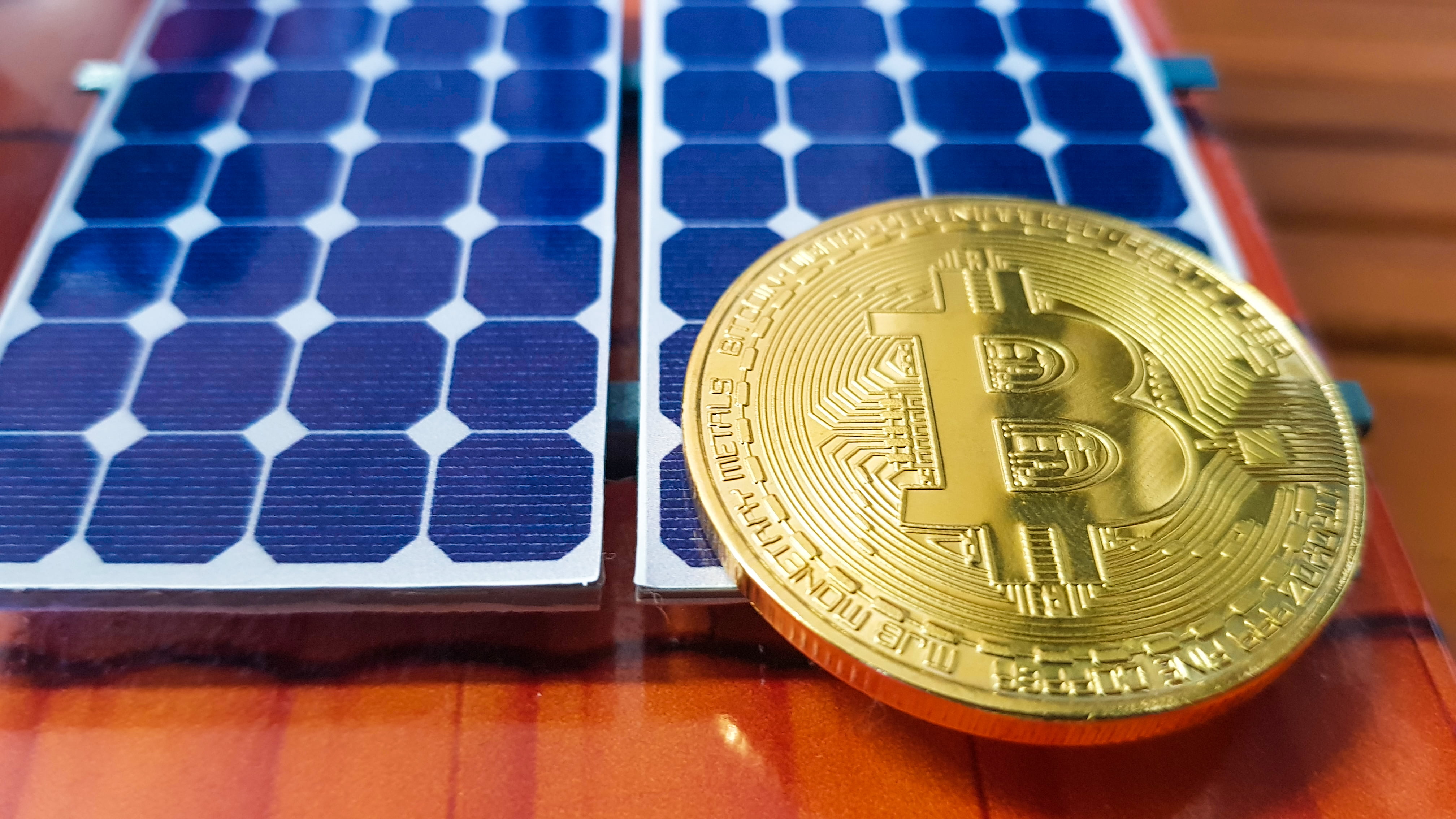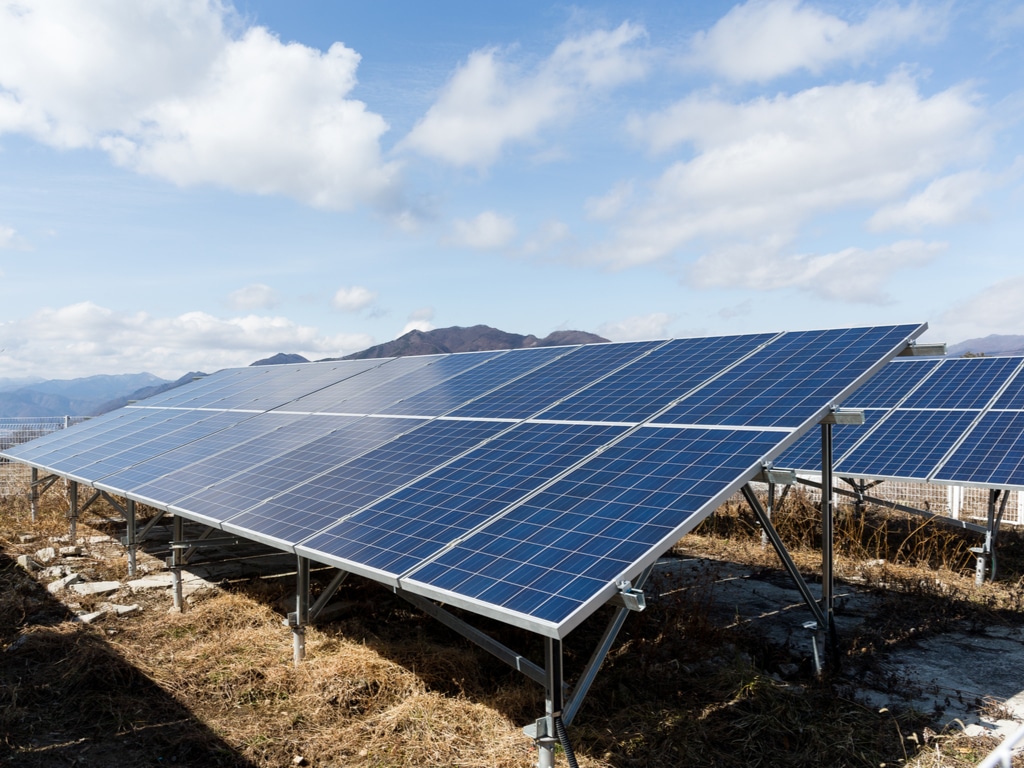Bitcoin Mining with Solar Power

Bitcoin Mining with Solar Power

Solar-powered Bitcoin mining presents an innovative and eco-friendly solution, offering a clean and renewable energy source that can increase long-term profitability while reducing the industry’s carbon footprint. In this comprehensive guide, we explore how to optimize a solar mining rig, and the promising future of this sustainable approach to cryptocurrency mining. Mining can be profitable but if you want to make the most out of the market, try trading. Start using automated trading bots by visiting https://thenewsspy.technology/ .
Optimizing Your Solar-Powered Mining Rig
Choosing the right mining hardware is crucial for optimizing the efficiency and profitability of a solar-powered mining operation. Application-Specific Integrated Circuit (ASIC) miners are specifically designed for mining cryptocurrencies like Bitcoin and are typically more energy-efficient than Graphics Processing Unit (GPU) miners. By investing in energy-efficient ASIC miners, you can maximize your mining rig’s performance while minimizing its energy consumption, making the most of your solar power system.
When selecting mining software, look for applications that offer features such as real-time monitoring, automatic restarts, and customizable performance settings. These features can help you keep track of your mining rig’s performance and make adjustments as needed to optimize efficiency and maximize profits.
Joining a mining pool can also be beneficial for solar-powered mining operations. By pooling resources with other miners, you can increase the likelihood of earning mining rewards and stabilize your revenue stream, improving the overall profitability of your mining rig.
Maintenance and monitoring of your solar mining operation

Regular maintenance of your solar panels and mining hardware is essential for ensuring the long-term success of your solar-powered mining rig. Inspect your solar panels periodically for dirt, debris, and damage, and clean them as needed to maintain optimal efficiency. Keep an eye on your mining hardware to ensure that it is functioning properly and stays within optimal operating temperatures. Overheating can reduce the lifespan of your equipment and negatively impact mining performance.
Monitoring your solar power system’s performance is also crucial for optimizing your mining rig. Use solar monitoring software to track the power output of your solar panels, energy consumption, and the overall efficiency of your system. By keeping a close eye on these metrics, you can identify potential issues and make adjustments as needed to maximize the performance of your solar-powered mining operation.
Additionally, stay informed about the latest developments in the cryptocurrency mining industry and solar technology. As the industry evolves, new hardware, software, and best practices may emerge, offering opportunities to further optimize your solar-powered mining rig and increase its profitability.
Optimizing a solar-powered mining rig involves selecting the right hardware and software, performing regular maintenance, and actively monitoring system performance. By taking these steps, you can maximize the efficiency and profitability of your solar-powered mining operation and contribute to a more sustainable cryptocurrency ecosystem.
The Global Impact of Solar-Powered Mining

As solar-powered mining operations gain popularity worldwide, they have the potential to bring about significant global changes that can benefit both the cryptocurrency ecosystem and the environment. Several key impacts include:
The accessibility and scalability of solar power can enable miners from various regions to participate in the Bitcoin network, reducing the concentration of mining power in specific areas. This increased decentralization can enhance the overall security and stability of the Bitcoin network, ensuring that no single entity has too much control over the system.
The growth of solar-powered mining operations can drive demand for solar technology and contribute to the expansion of renewable energy infrastructure worldwide. As more industries recognize the potential of solar power, the adoption of clean energy solutions can be accelerated, benefiting both the environment and the economy. The increased demand for solar power can also drive further research and development in the field, leading to innovations that make solar energy more efficient and cost-effective.
By transitioning to solar power, the cryptocurrency mining industry can significantly reduce its carbon footprint and mitigate the environmental concerns often associated with digital currencies. This shift can help position cryptocurrencies as a more sustainable and responsible investment option for environmentally-conscious investors.
Solar-powered mining operations can contribute to energy independence by allowing miners to generate their own electricity, reducing reliance on the grid and fossil fuels. This independence can be particularly beneficial in regions with unstable energy supplies or high electricity costs, as it enables miners to maintain their operations without being affected by external factors. In turn, this can lead to a more resilient and diversified cryptocurrency mining landscape.
Conclusion
Solar-powered Bitcoin mining offers a promising alternative to traditional mining methods, providing a clean and renewable energy source that reduces environmental impact and promotes long-term profitability. By embracing innovations in solar technology and adopting best practices for solar mining operations, the cryptocurrency industry can pave the way for a more sustainable and equitable future.




